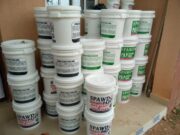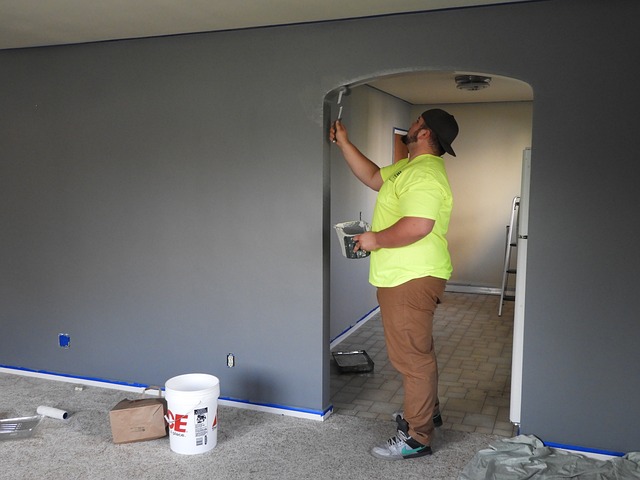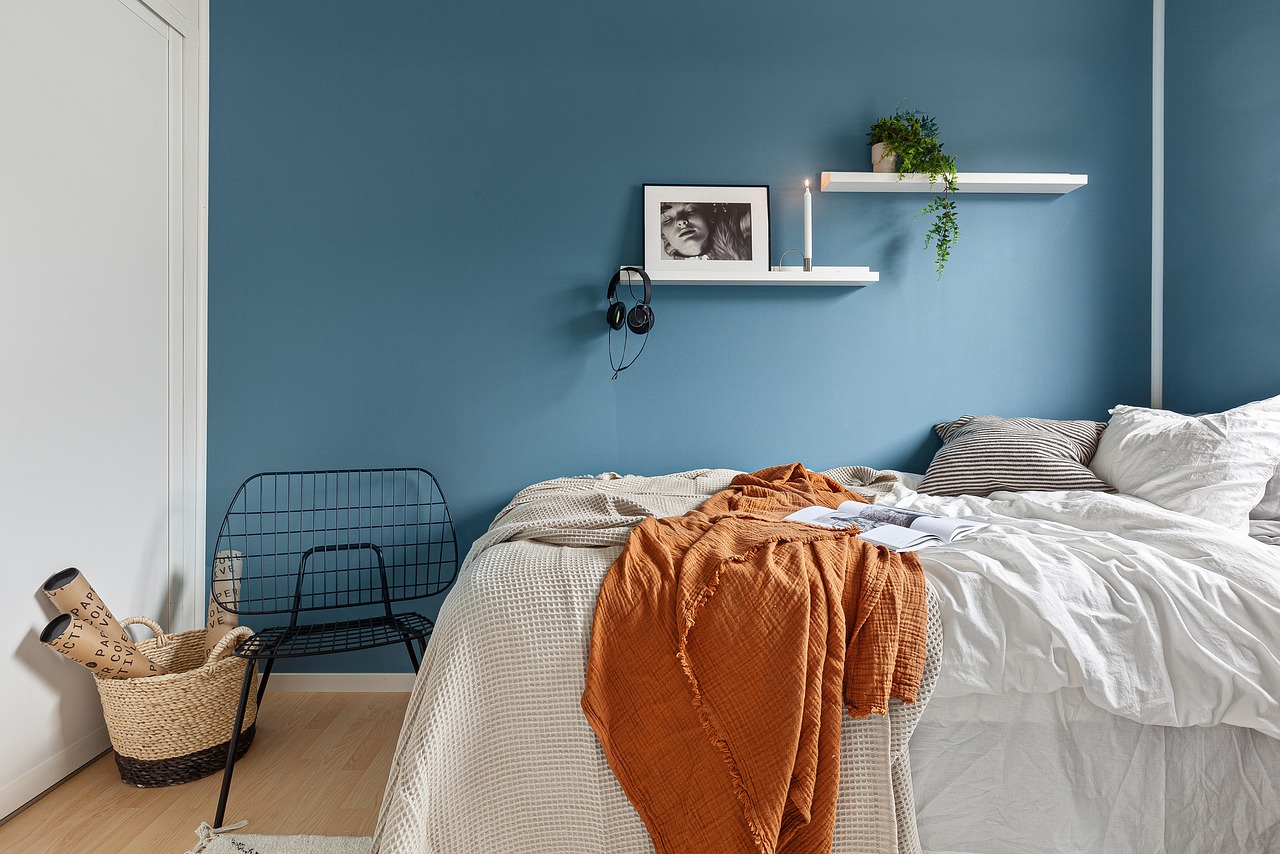If the installation of Acoustic Foams is one thing you want to learn?
Then I am here to guide you through the step by step process with ease.
Whether you’re a music enthusiast looking to perfect your home studio, or a podcast creator aiming for top-notch audio quality.
If you are simply someone seeking to enhance the acoustics of your living space, installing acoustic foam can be a game-changer.
These panels are designed to absorb sound waves, reducing echoes, reverberations, and unwanted noise.
While the benefits are undeniable, installing them correctly is crucial to maximize their effectiveness.
In this article, I’ll walk you through the step-by-step process of installing acoustic foam like a pro.
1. Knowing Acoustic Foam
Before we go into the installation process, it’s essential to understand the types of acoustic foam available and their purposes.
Acoustic foams come in various shapes, sizes, and materials, each serving a specific function. Broadly speaking, there are two main types.
1. Absorption Foams
These are designed to absorb sound energy, reducing echoes and reverberations within a room.
They are commonly used in recording studios, home theaters, offices, and residential spaces to improve sound quality.
2. Diffusion Foams
Unlike absorption Foam, diffusion foam scatter sound waves rather than absorbing them.
They help break up sound reflections, creating a more balanced acoustic environment.
Diffusion is often used in larger rooms or spaces where excessive absorption can lead to a dull, lifeless sound.
2. Materials and Tools Needed
Before you begin the installation process properly, you need to gather the necessary materials and tools.
1. Acoustic panels. This is the main material for the job. (quantity depends on the size of the room and acoustic requirements)
2. Mounting hardware. This is the element you need to hold or gum your acoustics to the wall (e.g., hooks, brackets, adhesive strips)
3. Measuring tape. This is for measuring the wall and the acoustics in case you need to cut, trim, or adjust it.
4. Level. A stand that you will use during marking.
5. Pencil. You will need this for marking where you will install your acoustics.
6. Screwdriver or drill. You need this to help you screw into the wall.
7. Stud finder (if mounting panels to walls)
8. Safety goggles and gloves. This is optional but I recommend you use it.
3. The Step-by-Step Installation Guide
Now that you have everything you need, let’s go straight into the installation process properly.
1. Assess the Room
You should start by evaluating the acoustics of the room and identifying areas where sound treatment is needed.
Consider factors such as room size, shape, and existing sound reflections.
2. Plan The Panel Placement
Based on your assessment, determine the optimal placement for the acoustics.
Focus on areas with the most significant sound reflections, such as bare walls or ceilings.
3. Measure and Mark
Use your measuring tape, level, and pencil to mark the precise locations for mounting the panels.
Ensure that the acoustics are evenly spaced and aligned for a uniform appearance.
4. Prepare Mounting Surfaces
If you’re mounting the acoustics to your walls, then use a stud finder to locate wall studs.
This will ensure secure attachment and prevent the acoustics from falling.
Clean the mounting surfaces to remove any dust or debris that could affect adhesion.
5. Mount Your Acoustics
Depending on the type of mounting hardware you choose to use or is provided with the acoustics, follow the manufacturer’s instructions for installation.
This may involve using screws, brackets, adhesive strips, or other mounting methods.
When mounting to ceilings, be sure to use appropriate hardware capable of supporting the weight of the acoustics.
6. Check Your Acoustics For Stability
Once you have mounted your acoustics, double-check their stability and alignment.
Use a level to ensure that they are straight and perpendicular to the mounting surface.
7. Test Your Acoustic Performance
After the installation, test the acoustics of the room to assess the effectiveness of the form.
Listen for changes in sound quality, reduction in echoes, and overall improvement in acoustics.
4. Maintenance and Care For Acoustics
To maintain optimal performance of your acoustics, periodically clean the acoustic panels to remove dust and dirt buildup.
Use a soft brush or vacuum cleaner with a brush attachment to gently remove debris without damaging the panels.
Avoid using harsh chemicals or abrasive cleaning tools, as they can degrade the acoustic properties.
5. Conclusion
The installation of acoustic foam is a rewarding endeavor that can significantly improve the sound quality and acoustics of your space.
By following this guide I provided you with, and carefully considering the placement and installation process.
You can achieve a professional-level result and enjoy the benefits of acoustic panels as it enhances sound performance for years to come.
Whether you’re creating a home recording studio, optimizing a home theater, or simply improving the acoustics of your living space, acoustics are a sound investment in audio quality and comfort.
Hope you found this helpful.





























